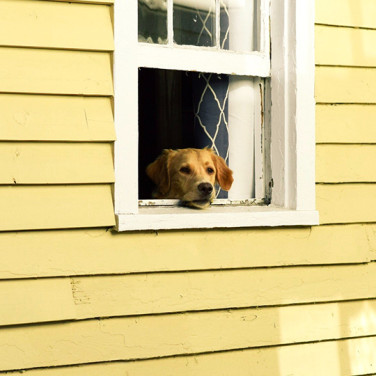ARTICLE
How Much Should I Feed My Puppy? - Puppy Feeding Chart by Weight
페이지 정보
본문
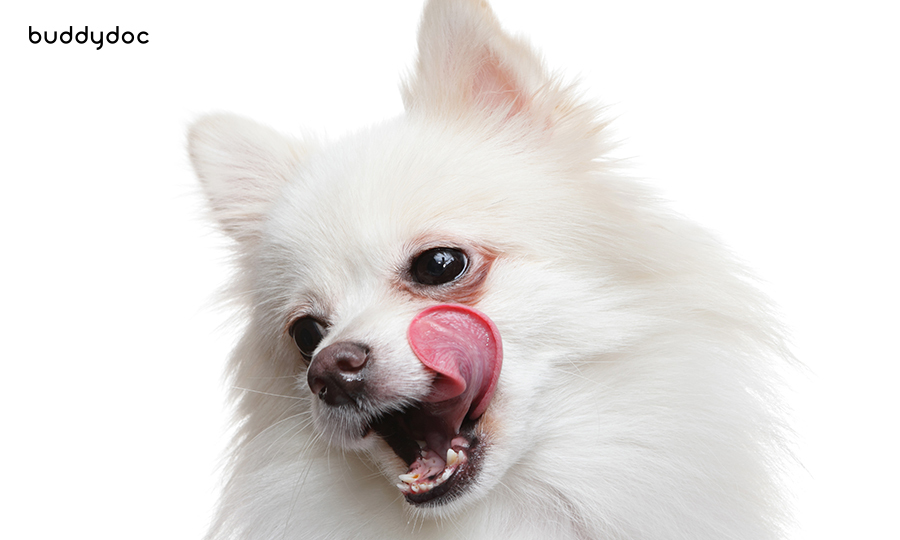
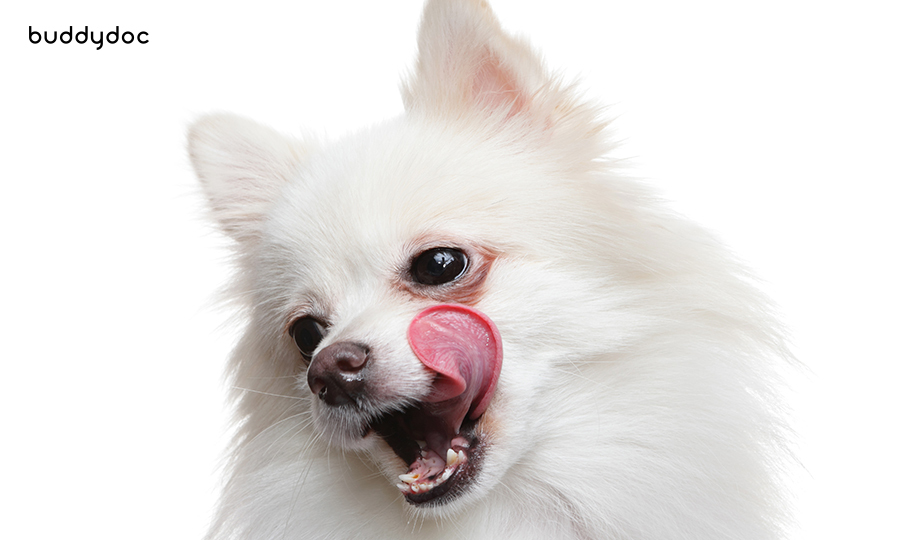
Bringing home a new puppy is an exciting time, but it also comes with great responsibility. One crucial aspect of caring for your puppy is ensuring they receive the proper nutrition for their growth and development. In this comprehensive guide, we will explore how much you should feed your puppy, when to start feeding adult dog food, and some pro tips to help ensure your new pup gets the best puppyhood any best friend can ask for.
How much to feed your puppy
When it comes to feeding your puppy, it's important to consider their weight, age, and breed. Different breeds have varying nutritional requirements. To determine the correct portion size, you can look over our puppy feeding chart provided below or consult with your veterinarian to better understand your puppy’s specific breed. The chart below offers a general guideline based on weight and age.
Establishing a regular feeding schedule is beneficial for your puppy's overall health. Puppies require more frequent meals than adult dogs due to their higher energy needs and smaller stomach capacity. As a general rule, you should aim for four meals a day for puppies under three months old, three meals a day for puppies between three and six months old, and two meals a day for puppies over six months old.
Puppy feeding chart by weight:
|
Weight
(lbs)
|
Weight
(kg)
|
1.5 - 3 mts
(cups)
|
4 - 5 mts
(cups)
|
6 - 8 mts
(cups)
|
9 - 11 mts
(cups)
|
1 - 2 yrs
(cups)
|
|---|---|---|---|---|---|---|
| 3 - 12 | 1.4 - 5.4 | ½ - 1 | ⅔ - 1-1⅓ | ½ - 1½ | Feed as adult | Feed as adult |
| 13 - 20 | 5.9 - 9.1 | ½ - 1¼ | 1 - 2 | ¾ - 1⅓ | 1 - 1½ | Feed as adult |
| 21 - 50 | 9.5 - 22.7 | ½ - 1½ | 1½ - 2¾ | 1 - 2⅓ | 2 - 3 | 2 - 4¼ |
| 51 - 75 | 23.1 - 34 | ¾ - 2⅓ | 1½ - 4 | 1½ - 3¾ | 2½ - 4¾ | 2½ - 6¼ |
| 76 - 100 | 34.5 - 45.4 | 1 - 2⅔ | 3 - 3¾ | 3 - 6⅓ | 4 - 7 | 5½ - 11 |
| 100 + | 45.4 + | 2⅔ + ⅓ cups/10 lbs over 100 lbs |
3¾ + ⅓ cups/10 lbs over 100 lbs |
6⅓ + ⅓ cups/10 lbs over 100 lbs |
7 + ⅓ cups/10 lbs over 100 lbs |
11 + ⅓ cups/10 lbs over 100 lbs |
Puppy feeding schedule - When to feed your puppy
Generally, the best time to feed your puppy is the same time you eat your meals. That means when you have breakfast, make sure they get their appropriate portion of puppy food as well. It is recommended to feed their dinner earlier in the evenings to help promote better digestion before bedtime and prevent accidents during the night. Consistency is key when it comes to whichever feeding schedule you adhere to. Creating a consistent puppy feeding schedule will help your puppy get used to the one of many routines they will need to maintain a healthy and happy life.
When do you start feeding adult dog food?
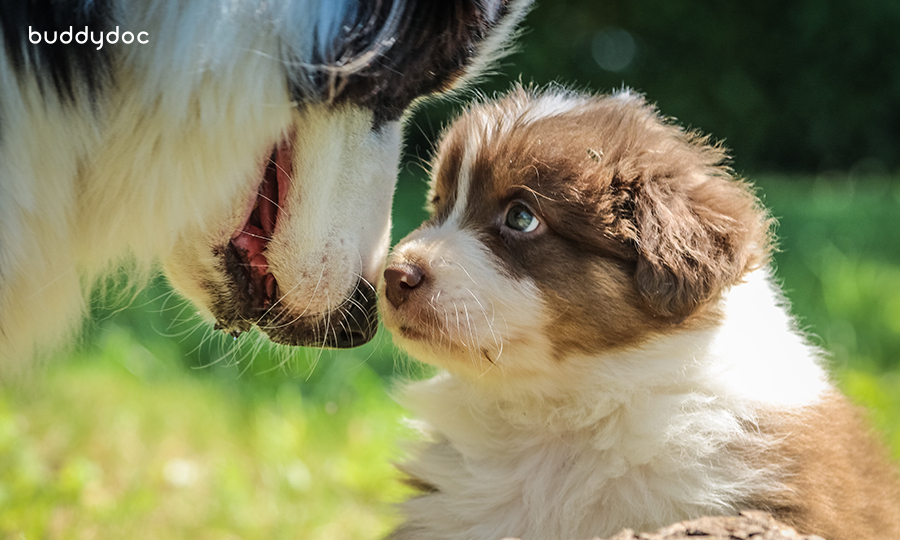
Puppies go through different growth stages, and it's crucial to provide them with appropriate nutrition during each stage. The transition from puppy food to adult dog food usually occurs around the age of 12 months for small to medium-sized breeds and 12 to 24 months for larger breeds. However, this timeline can vary depending on factors such as breed and individual development. Consulting with your veterinarian will help determine the best time to make the switch.
How to transition to adult dog food
When transitioning your puppy to adult dog food, it's important to do so gradually to avoid digestive upset. Begin by mixing a small amount of the new food with the current puppy food. Over a period of seven to ten days, gradually increase the proportion of the new food while decreasing the old food until your puppy is solely on the adult dog food.
Dry vs. wet puppy food
Dry puppy food, also known as kibble, offers several advantages. It provides essential nutrients and is convenient to store and serve. Additionally, the chewing action required to eat dry food helps promote dental health and reduce tartar buildup. However, it's important to ensure your puppy has access to fresh water alongside dry food to maintain proper hydration.
Wet puppy food, also known as canned food, offers its own set of benefits as well. It has a higher moisture content, which helps keep your puppy hydrated, especially if they are not drinking enough water. Wet food is often more palatable and may be preferred by picky eaters. However, it's essential to be mindful of portion sizes and monitor your puppy's dental health, as wet food alone may not provide the same dental benefits as dry food.
The preference will be up to your puppy and feeding a combination of the two is also something you may consider. Just remember to keep their caloric intake proportion to their breed, size, and age. You can consult with your veterinarian to help create the best feeding plan specific to your puppy’s needs.
Common mistakes to avoid when feeding a new puppy
Overfeeding
One common mistake new puppy owners make is overfeeding. Overfeeding can lead to excessive weight gain, which can have adverse effects on your puppy's health and development. It's crucial to monitor your puppy's body condition score and adjust their portion sizes accordingly to maintain a healthy weight. Never hesitate to consult with your veterinarian to check if their feeding plan is appropriate or when you need help creating a new feeding plan.
Overfeeding due to snacks and treats
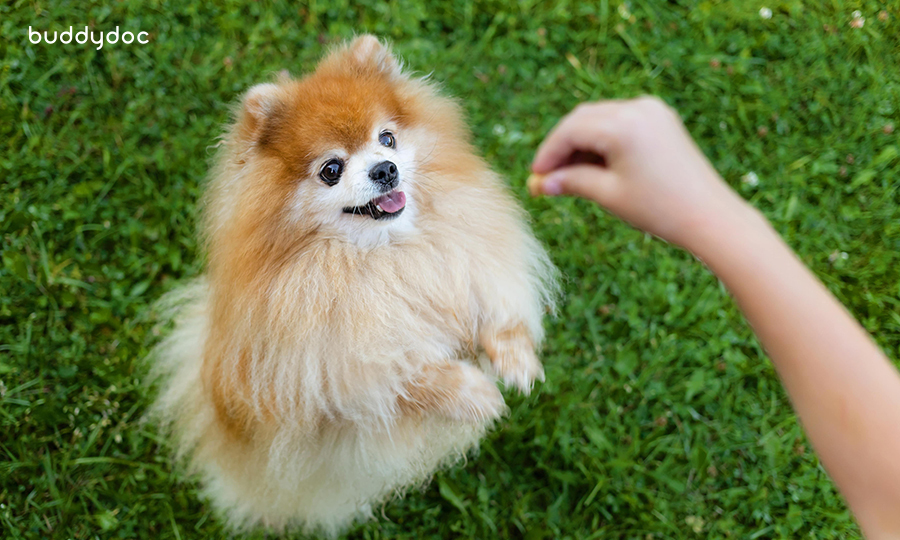
Feeding your puppy treats and snacks will be a regular practice in every puppyhood, whether it is for training or for just being simply adorable. This practice is great for pet parents and puppies to interact and bond. It is important to know the appropriate amount of snacks to feed your pet so they do not become overweight or create unhealthy behavioral patterns due to overfeeding. Treats should only account for up to 10% of your pet’s total daily caloric intake. Always check the labels of all your chew toys, dental chews, and treats to track their calorie intake. Use small-sized treats for training and fancy big treats for those special occasions.
Inconsistent feeding routine
Maintaining a consistent feeding routine is important for your puppy's well-being. Dogs thrive on routine, and a consistent meal schedule helps regulate their digestion and prevents them from becoming anxious or stressed. During the transition phase, it's crucial to maintain consistency in meal frequency and timing to minimize digestive upset.
Conclusion: How much should I feed my puppy
Feeding your puppy the right amount of food is crucial for their growth and development. By determining the correct portion size, establishing a regular feeding schedule, and considering the transition to adult dog food, you can provide your puppy with the nutrition they need. Remember, always consult with your veterinarian for personalized feeding recommendations to ensure the health and well-being of your pup!
Read more on the Buddydoc blog page!
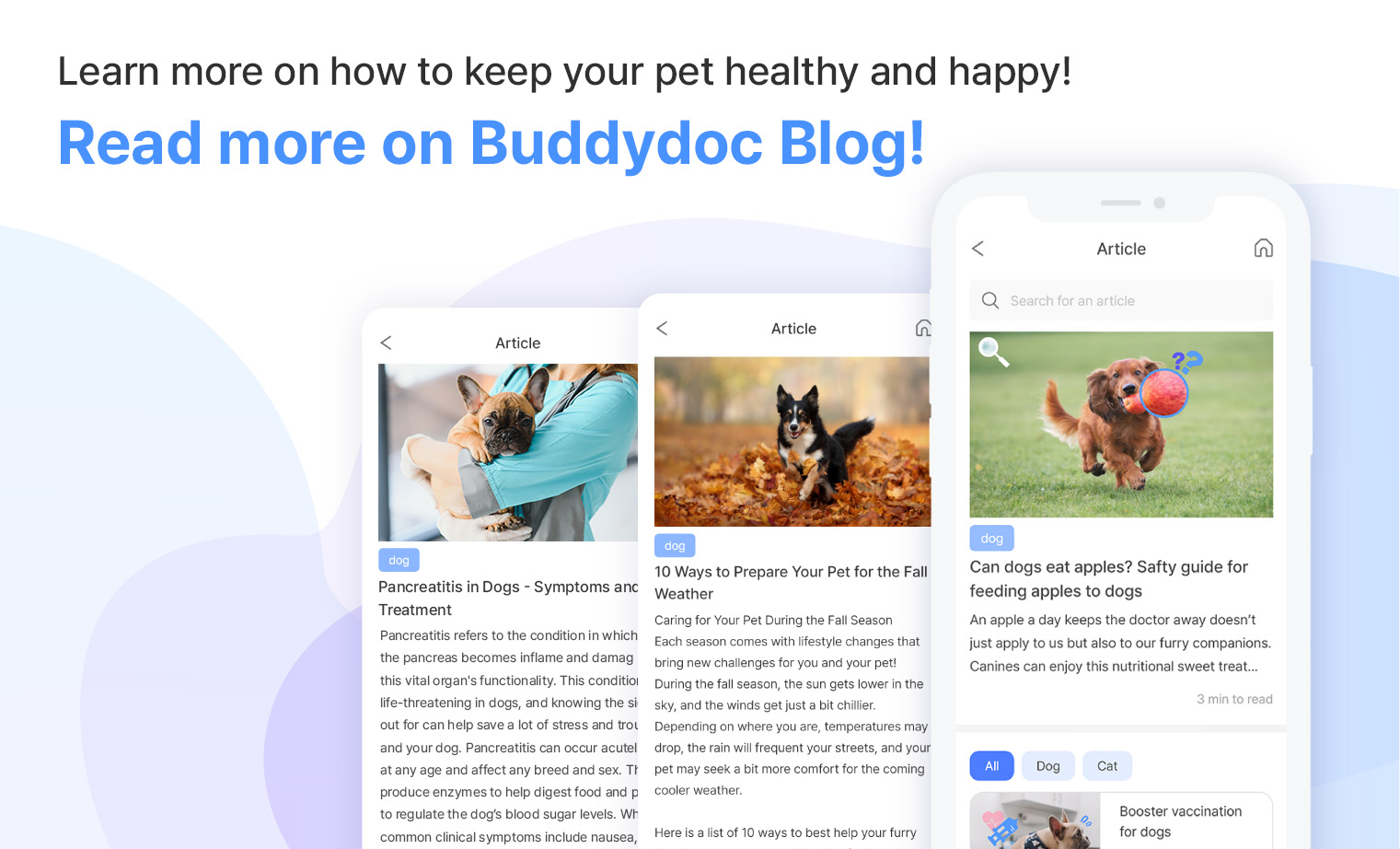
Buddydoc provides a weekly updated blog to keep you informed on the latest and best ways to prepare and take care of your pet all year round. Check out more articles you may be interested in!






